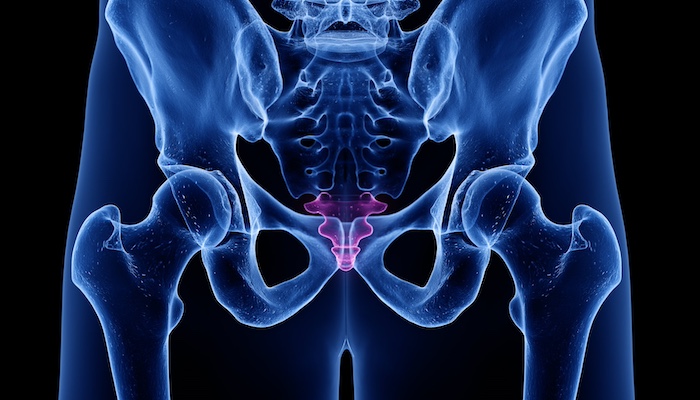
Direct trauma to the tailbone is the most common cause of coccydynia and usually leads to inflammation surrounding the coccyx, which contributes to pain and discomfort.
There are many cases reported in which pain begins with no identifiable origin (called idiopathic coccydynia).
Common Causes of Coccydynia
A diagnosis of coccydynia will usually identify one of the following underlying causes of pain:
Local trauma
A direct injury to the coccyx is probably the most common cause of coccydynia. A fall on the tailbone can inflame the ligaments and injure the coccyx or the coccygeal attachment to the sacrum. Coccygeal trauma usually results in a bruised bone, but may also result in a fracture or dislocation either in the front or back of the coccyx.
Repetitive stress
Activities that put prolonged pressure on the tailbone, such as horseback riding and sitting on hard surfaces for long periods, may cause the onset of coccyx pain. Tailbone pain from these causes usually is not permanent, but if inflammation and symptoms are not managed, the pain may become chronic and cause long-term altered mobility of the sacrococcygeal joint.
Childbirth
During delivery, the baby's head passes over the top of the coccyx, and the pressure against the coccyx can sometimes result in injury to the coccygeal structures (the disc, ligaments, and bones). While uncommon, the pressure can also cause a fracture in the coccyx.
Tumor or infection
Rarely, coccydynia can be caused by a nearby tumor or infection that puts pressure on the coccyx.
Referred coccyx pain
In rare cases, pain will be referred to the coccyx from elsewhere in the spine or pelvis, such as a lumbar herniated disc or degenerative lumbar disc.
Certain factors may increase the chance of coccygeal pain developing. Risk factors for coccydynia include:
Obesity
Pelvic rotation, including movement of the coccyx, is usually lessened in individuals who are overweight, leading to more continual stress being placed on the coccyx and increasing the chances of developing coccyx pain. One study found that a Body Mass Index (BMI) of more than 27.4 in women and 29.4 in men increases the risk for coccydynia following repetitive stress or a one-time injury.
Gender
Women have a higher chance of developing coccydynia than men, due to a wider pelvic angle as well as trauma to the coccyx endured during childbirth.
If pain is mild or moderate, it may not be necessary to identify the exact cause of coccydynia. In some cases, however, coccyx pain is severe or of a serious origin, so it is important to have a general idea of why pain has developed so that it can be treated most effectively.
Anatomical Causes of Coccydynia
Coccydynia is typically caused by the following underlying anatomical issues
- Hypermobility, or too much movement of the coccyx, puts added stress on the joint between the sacrum and coccyx and on the coccyx itself. Too much mobility can also pull the pelvic floor muscles attached to the coccyx, resulting in tailbone and pelvic pain.
- Limited mobility of the coccyx causes the tailbone to jut outward when sitting and can put increased pressure on the bones and the sacrococcygeal joint. Limited coccyx movement may also result in pelvic floor muscle tension, adding to the discomfort.
- In rare cases, part of the sacrococcygeal joint may become dislocated at the front or back of the tailbone, causing coccyx pain.
The above factors may result from an injury to the coccyx or may develop as idiopathic coccydynia.
Precision Pain Care and Rehabilitation has two convenient locations in Richmond Hill – Queens, and New Hyde Park – Long Island. Call the Queens office at (718) 215-1888 or (516) 419-4480 for the Long Island office to arrange an appointment with our Interventional Pain Management Specialists, Dr. Jeffrey Chacko or Dr. Sonny Ahluwalia.















